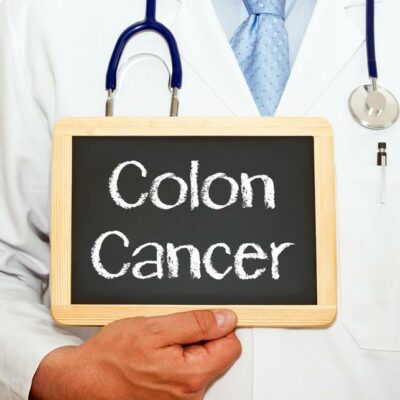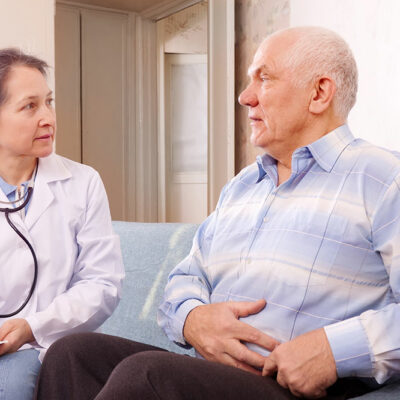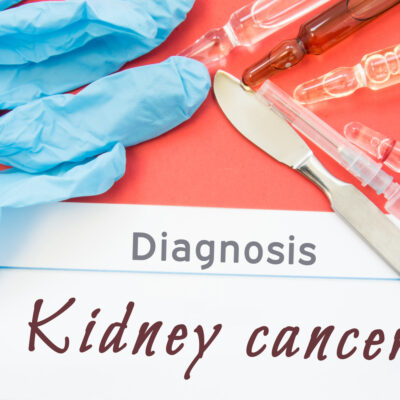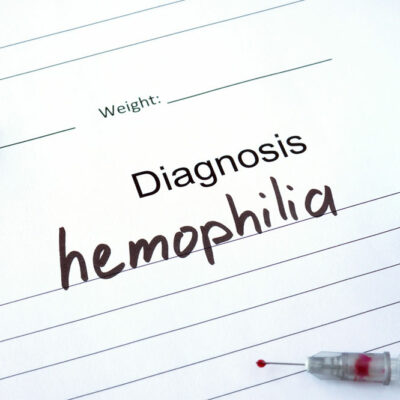
Men's Health
5 Early Signs of Colon Cancer
A person with colon cancer is at risk of developing several complications. Colon cancer is a type of cancer that begins in the cells lining the large intestine. In fact, this disease begins in the form of small, non-cancerous clumps of cells called polyps that develop on the walls of the colon. Over time, these polyps can become cancerous and spread to other parts of the gastrointestinal tract. It most commonly spreads to the rectum and is called colorectal cancer. While some cases of colon cancer hardly show symptoms early on, there are other cases where the signs are obvious and need immediate attention. The early warning symptoms of colon cancer depend on the location of the tumor, its intensity, and how it can affect the organs and tissues. Some of the common symptoms are: Unexplained weight loss A sudden and significant decrease in weight is often a sign indicating the possibility of colon cancer. Colorectal cancer can lead to a loss of over 10 pounds within a few months because the disease consumes a significant amount of the body’s energy. The immune system also consumes excessive amounts of energy to fight the condition hard. The cancer cells release various substances that completely alter the way food is converted into energy.
Read More 















